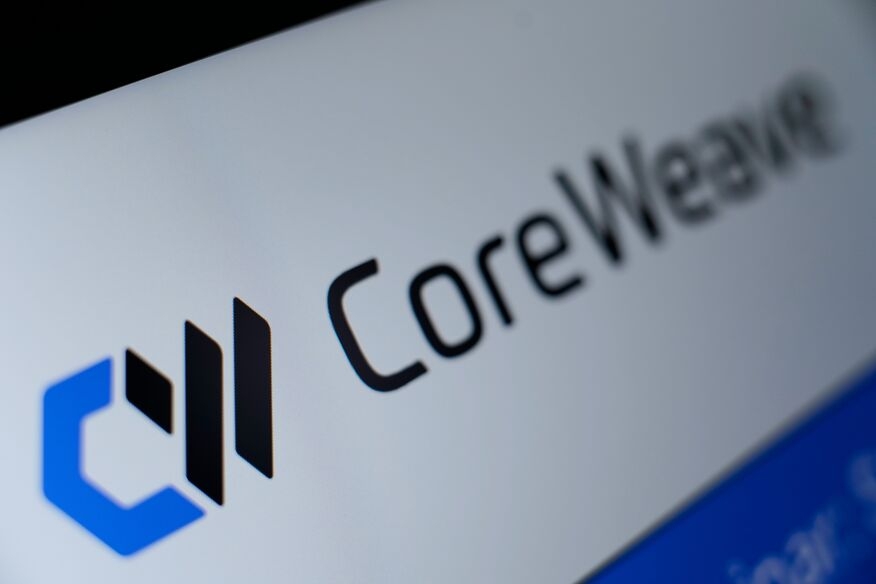Signing Day Sports Revenue Drops 67%

Key Points
Revenue (GAAP) declined 67.3% year over year to $0.07 million in Q2 2025, with the decline attributed to fewer event fee payments.
Net loss (GAAP) widened to $1.4 million in Q2 2025, as higher general and administrative costs offset sharply lower cost of revenues.
Cash and cash equivalents at period end improved to $0.66 million in Q2 2025, more than tripling from December 2024 levels by June 30, 2025.
Signing Day Sports (NYSEMKT:SGN), a digital sports recruitment platform helping student-athletes connect with coaches and recruiters, released its second quarter results on August 12, 2025. The earnings highlighted a significant drop in revenue, attributed mainly to lower event fees, alongside a slight increase in net loss versus the same period last year. There were no published analyst estimates, so results are best viewed in the context of historical performance. Despite the revenue challenge, the company reported a stronger balance sheet and improved cash position as of June 30, 2025. Overall, the quarter showed progress in financial stability but raised questions about the company’s core growth drivers.
| Metric | Q2 2025 | Q2 2024 | Y/Y Change |
|---|---|---|---|
| EPS | N/A | N/A | N/A |
| Revenue | $0.07 million | N/A | N/A |
| Net Loss | $1.4 million | $1.3 million | (7.7%) |
| General & Administrative Expenses | $1.6 million | $1.3 million | 23.1% |
| Cash and Cash Equivalents (end of period) | $0.66 million | $0.18 million(as of Dec 31, 2024) | 266.7% |
Business Overview and Critical Success Factors
Signing Day Sports operates a digital platform that allows student-athletes to showcase their statistics, achievements, and skills through verified video profiles. This core offering connects high school and collegiate athletes with sports recruiters in a centralized, data-driven environment. The platform’s effectiveness in streamlining the recruitment process depends heavily on user engagement and the perceived value it offers to both athletes and scouts.
In recent periods, the company has focused on strengthening its financial foundation while aiming to expand its user base. Success factors remain tightly linked to platform effectiveness, the ability to partner with schools and clubs, and adapting to digital trends in athletic recruitment. Competitive pressure and the need for ongoing differentiation are also important, as other offerings continue to improve their own technology and reach.
Quarterly Performance and Key Developments
The quarter's financial results revealed a sharp decline in top-line performance, with revenue totaling approximately $67 thousand compared to approximately $205 thousand in Q2 2024. Revenue (GAAP) fell to $0.07 million, a 67.3% drop from the same quarter last year. Management attributed the revenue decline to lower event fee payments. This type of revenue is generated when users or schools pay for participation in showcases or recruiting events, a central part of the company's current business model.
Cost of revenues dropped by over 90% from the prior-year period, mostly due to reductions in platform development labor costs. While this helped maintain margins, it did not compensate for the decreased volume of revenue. The resulting gross profit also declined, reflecting less business activity overall. Management did not report any new product launches or platform enhancements during the period, nor did it share active user or engagement metrics -- key indicators for technology platforms of this type.
Even with lower costs for delivering its platform, operating expenses rose. General and administrative expenses were approximately $1.6 million for the three months ended June 30, 2025, compared to approximately $1.3 million in the second quarter of 2024. Management said the increase came mainly from higher professional fees and payroll expenses, partially offset by reduced legal and stock compensation spending. The increase in overhead, paired with lower revenue, led to a wider net loss of $1.4 million (GAAP).
There was no mention of declared or adjusted dividends, and no direct updates about partnerships with schools, sports organizations, or new institutional clients. Metrics on market expansion, product adoption, or expanded partnerships, which are key for long-term growth in the digital recruiting space, were absent from this release.
Balance Sheet and Liquidity Position
Despite the challenging operating results, Balance sheet strength improved as of June 30, 2025, with total assets of approximately $1.4 million exceeding total liabilities of approximately $1.1 million, accounts payable decreasing by 69.8% compared to December 31, 2024, and cash and cash equivalents rising to approximately $657 thousand from approximately $181 thousand at December 31, 2024. Cash and cash equivalents rose to $0.66 million as of June 30, 2025, up from $0.18 million at December 31, 2024. The company reported eliminating all loans payable during the quarter and noted a 69.8% reduction in accounts payable compared to December 31, 2024. With total assets exceeding total liabilities as of June 30, 2025, management achieved its stated goal of reinforcing Signing Day Sports' financial position and safeguarding liquidity for ongoing operations.
However, without stronger core revenue generation and improved engagement on its recruiting platform, these improvements may not be enough to build long-term stability. Management emphasized that expense discipline and maintaining positive assets over liabilities remain a central goal heading into the second half of fiscal 2025.
Outlook and What to Watch Ahead
As such, there is little clarity on the company’s operational roadmap for the rest of the year.
Revenue and net income presented using U.S. generally accepted accounting principles (GAAP) unless otherwise noted.
Where to invest $1,000 right now
When our analyst team has a stock tip, it can pay to listen. After all, Stock Advisor’s total average return is 1,060%* — a market-crushing outperformance compared to 182% for the S&P 500.
They just revealed what they believe are the 10 best stocks for investors to buy right now, available when you join Stock Advisor.
*Stock Advisor returns as of August 11, 2025
JesterAI is a Foolish AI, based on a variety of Large Language Models (LLMs) and proprietary Motley Fool systems. All articles published by JesterAI are reviewed by our editorial team, and The Motley Fool takes ultimate responsibility for the content of this article. JesterAI cannot own stocks and so it has no positions in any stocks mentioned. The Motley Fool has no position in any of the stocks mentioned. The Motley Fool has a disclosure policy.





